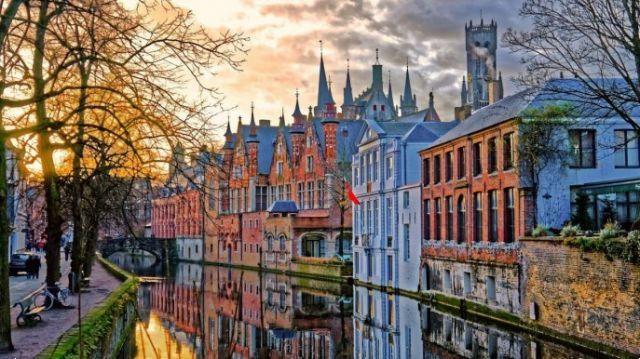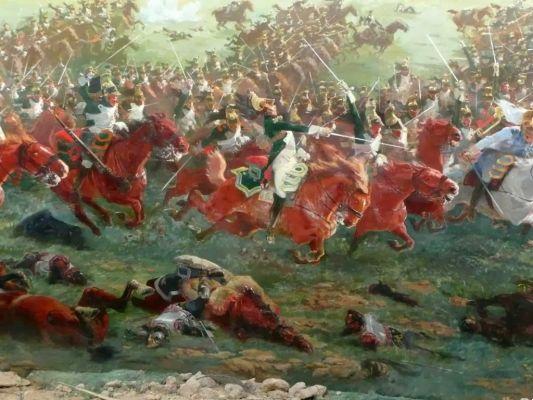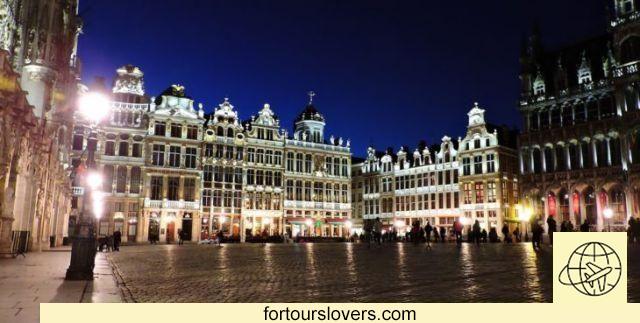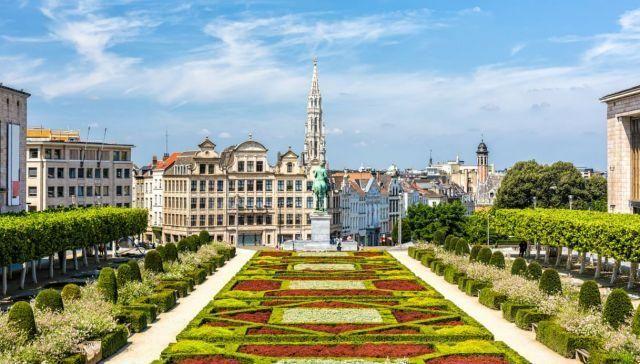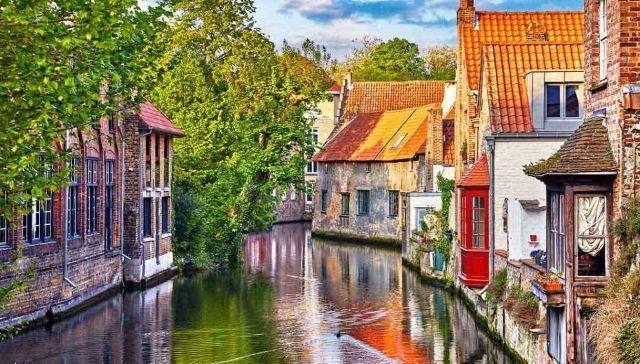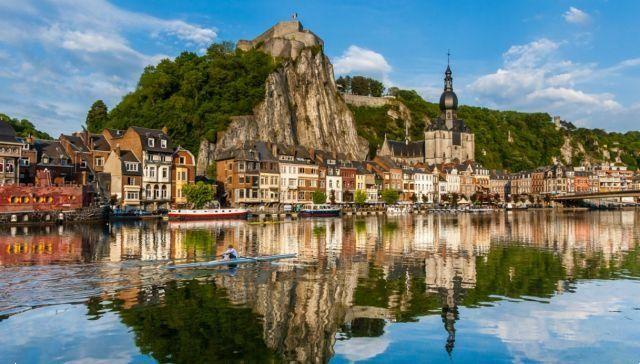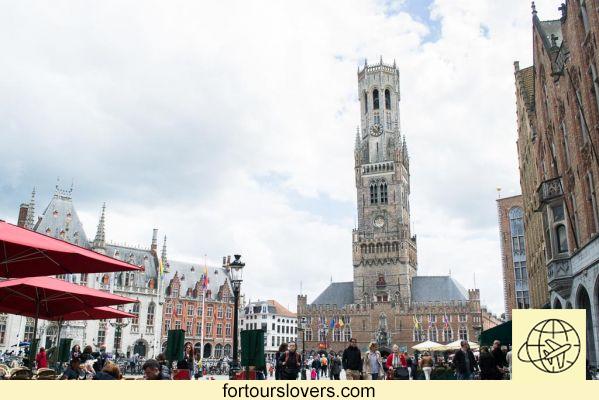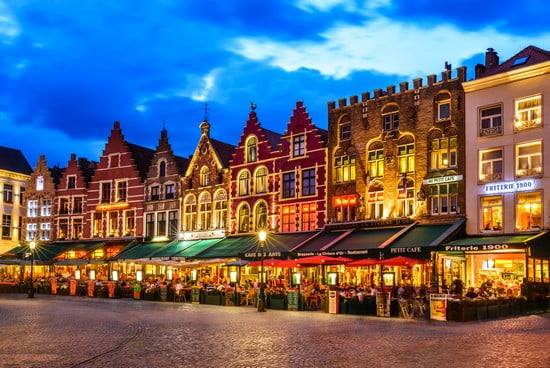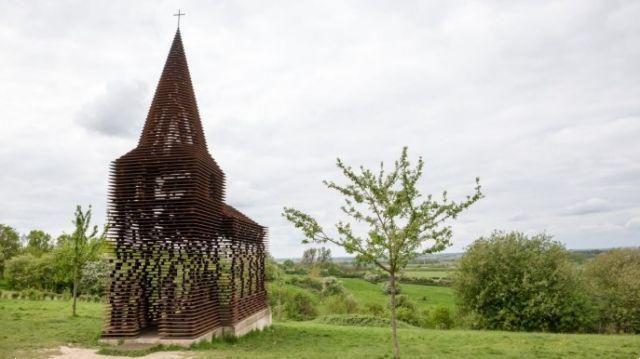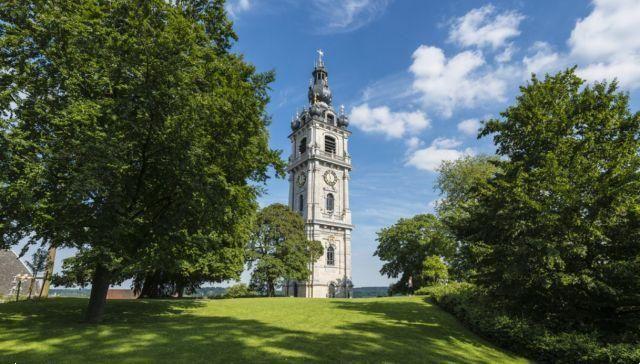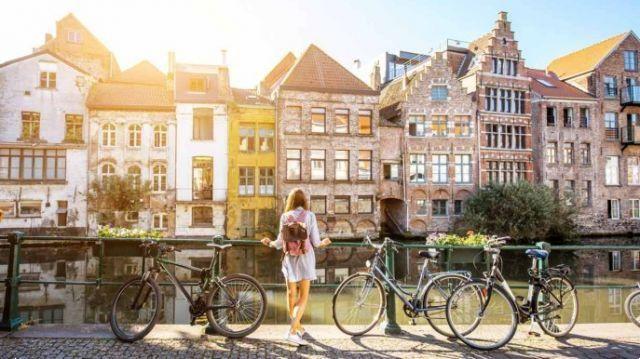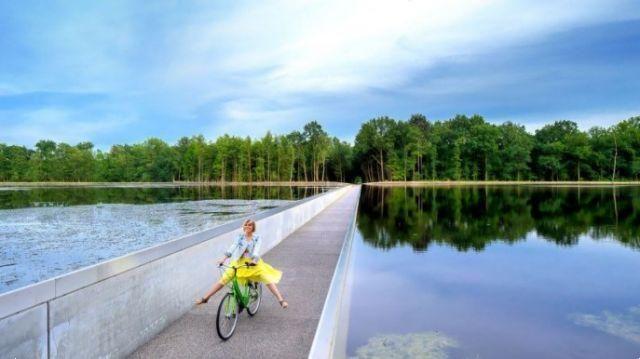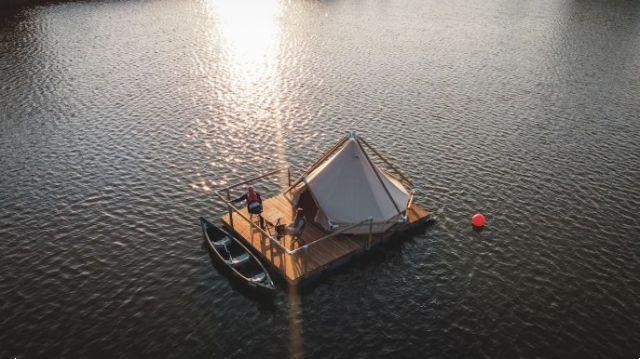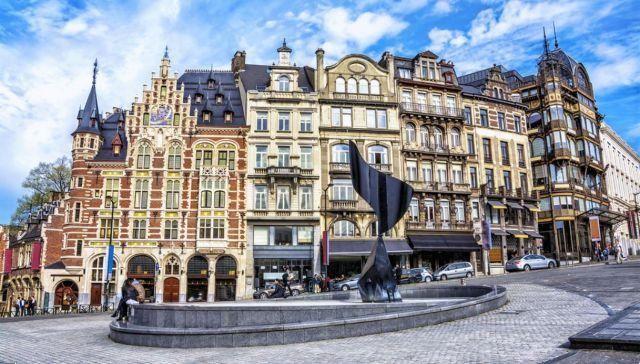 Brussels venue tour: downtown restaurants, Belle Époque cafes without forgetting the chocolate and beer traditions of the Belgian capital
Brussels venue tour: downtown restaurants, Belle Époque cafes without forgetting the chocolate and beer traditions of the Belgian capital
The sumptuous and regal capital of Belgium, Brussels boasts a fascinating historic centre, large parks, high-profile museums and ancient, deep-rooted traditions, which make it even more "tasty" if possible, like chocolate, beer and chips!
The many Belle époque style cafes, the restaurants in the centre, the kiosks, the pubs and the chocolate houses: in this guide we will indicate the destinations not to be missed to get to know the historic places and enjoy the dishes and specialties of the area but also to have fun in the capital of Belgium.
Le Roy de d'Espagne is the most beautiful historic venue in the Belgian capital; it is located on the Grand Place, on the ground floor of the building that housed the bakers' headquarters. It is called this in honor of the bust of King Charles II which is located on the facade of the palace. It is a beer bar, where you can try the "frites", i.e. French fries, various local beers and Trappist beers, including the artisanal one produced by this brand; in the morning you can enjoy an excellent breakfast.
Also famous is À la Morte Subite, a bistro in operation since 1910, where beer was also produced, with Louis XVI style interiors; also in this place in the capital there is a wide choice of beers of Belgium, of abbeys and Trappists. Then there is the Maison Cirio, known as Le Cirio, a famous art nouveau venue opened in 1886 by the Italian industrialist Francesco Cirio. Once a resale of Italian products, today it has become a brewery with original interiors (architect Chalres Gys). The marble entrance is spectacular with bronze columns, large mirrors with curved lines, wrought iron, floral motifs and red velvet seats, golden columns and watercolours.
If you have time left, stop by the famous Falstaff, a historic tavern and restaurant in Brussels, a few steps from Le Cirio, inaugurated during the Belle Époque. Others are La Fleur en Papier Doré, Le Greenwich and la Port Noire, a place housed in the basement of a centuries-old building, with an access reminiscent of the door to hell.
For eating, the main destination is the rue des Bouchers (butchers' street), which is located next to the Grand Place and which hosts restaurants of all kinds (Indian cuisine, Belgian cuisine, Chinese, etc.). Those who love fish will be at ease in the Marché aux Poissons area, also next to the Grand Place. However, if you simply want to have a mid-day snack during your cultural tour, stop in one of the many kiosks and order a cone of frites, the true local specialty, and ask them to tell you the secrets of frying chips.
Eating well in Brussels without spending too much is possible at Paradiso (Italian restaurant), at Friture Pitta de la Chapelle (sandwiches and fried foods in various sauces), Arcadi (snacks and menu of the day), then Mokafè and Maison Antoine. With slightly higher prices you can eat at the Bozar Brasserie, inside the Palace of Fine Arts designed by Baron Horta. The restaurant is renowned for its Art Nouveau furnishings, but also for the dishes of chef Karen Torosyan: here you can taste the delicious "fois gras de canard" and "paté en croute".
Treat yourself to a tour of the premises and workshops of Brussels' chocolatiers. There is a thread that links the capital of Belgium to some European cities such as Turin and Modica: the tradition of cocoa processing, which in this location takes on the appearance of "praline". The first praline belga, modeled at the beginning of the twentieth century by Jean Neuhaus, today has many shapes, aromas and tastes. Visit Pierre Marcolini's shops in the center (there is more than one), the Neuhaus boutiques and his atelier (in Galerie de la Reine) where workshops open to the public are held...
There are also many rooms available for nightlife. Among the most popular is Le Fuse, a house and techno music venue in a former cinema hall with 200 meals, very crowded on weekends. And then Bloody Louis, a big disco, medium-high prices. Others are the Cafè des Halles, the You Night Club, the Bazaar (themed evenings), Spirito Bruxelles and the Havana Club.
For shopping in the capital there is no doubt: the top of the first Belgian city are the Galeries Royales Saint Hubert (next to the rue de Bouchers), complexes of gallery with enormous windows built in the second half of the nineteenth century by the architect Jean Pierre Cluysenaer. Together with the Galerie du roi, that of la Reine and that of the Princes constitute a privileged place for shopping in the city.
To arrive in Brussels the choice is wide: plane, train, car: the capital of Belgium is an important European hub and routes from all over the continent converge here. So you can choose between flying to Charleroi or Zaventem airports; trains arriving at Gare du Nord, Gare du Midi and Gare Centrale, departing from Italy with changes in Paris, Amsterdam or Cologne. By car, calculate just over 1000 kilometers from Milan, passing through France, Germany or Switzerland.
- trips in the city they are easy: there are buses and the subway (the vehicles run from 6am to midnight, after which only a few night buses circulate), taxis must be called by telephone, and then there are also guided tours on the buses. In the capital of Belgium it is advisable to move on foot, especially in the centre.




